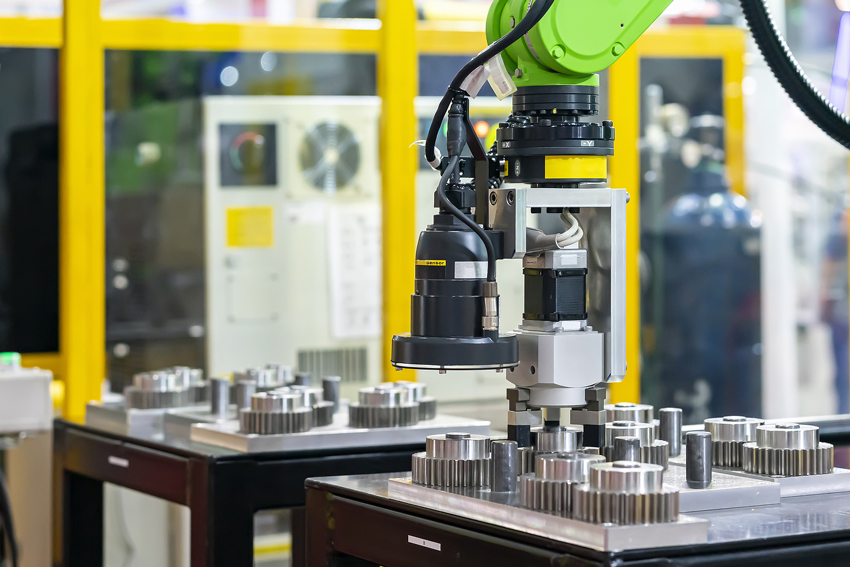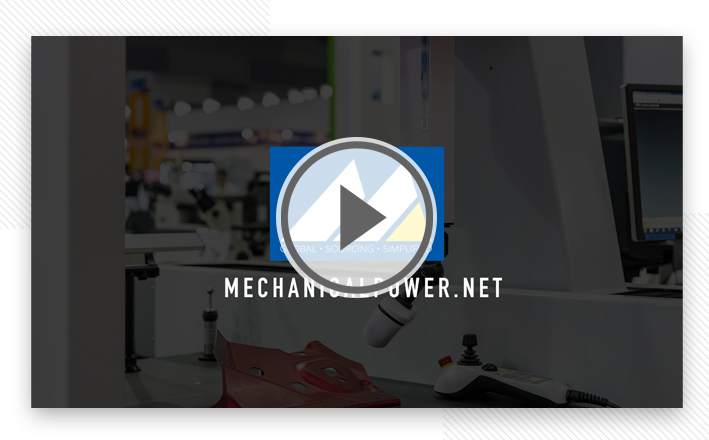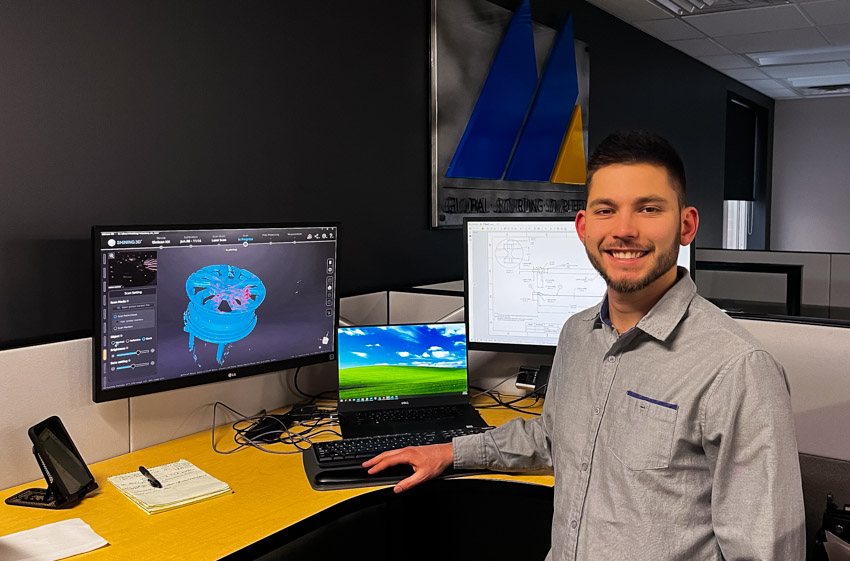In 2021, you’d be surprised how common it is to not find an OEM component’s print. Nonetheless, the first course of action of Mechanical Power is to take a component sample and then conduct relevant analysis.
These analyses establish physical dimensions, material properties, and unique features of the component. The idea is to create relevant documentation and source the component as per each customer’s requirements.
Purpose of Reverse Engineering
One of the perks of reverse engineering is that it allows companies to identify viable production tactics and cut back on future research, development material costs altogether. Despite the nature of a component or product, reverse engineering offers manufacturers specific design information.
Reverse engineering is the art of recreating the original design of a component. Oftentimes, blueprints are damaged or lost and reverse engineering restores back the component for companies. As long as you can trace back the original model of any component, you can use reverse engineering to recreate its design and extract insights to contract another model.
Reverse Engineering Use Cases
Replacing or Repairing Legacy Parts
Ordinarily, it would take a significant investment to get the same part. But through the wonder of reverse engineering, companies can put utilize the efforts of 3D scanning to replicate the original design. It’s a digital copy of the design that makes it easy to recreate the component with specific requirements.
Parts Improvement
In many cases, companies use reverse engineering to improve their products. You can also use reverse engineering to perform failure analysis of a specific product or component. A thorough examination of a component through reverse engineering reveals faulty or damaged features of a component.
Run Diagnostics
With reverse engineering, you can run comprehensive diagnostics to solve a specific problem of a product or component. When it comes to industrial-scale sequences and processes that require consistent operational flow, reverse engineering can figure out parts that are underperforming or faulty.
Why Reverse Engineering Matters
Engineers at Mechanical Power understand the process of reverse engineering and are more than capable to figure out the design mechanics of a complex product. In the end, the idea is to help customers re-engineer the same component with utmost precision.
When companies have to replace a specific part and the original equipment manufacturer is out of reach, companies seek out a reverse engineering approach to recreate the product. But Unlike other players in the market, Mechanical Power is capable to reverse engineer custom parts.
And that’s not the end of it – Mechanical Power has wide network access to OEM manufacturers and can engineer custom parts for industrial, agricultural, automotive, and power transmission industries. When there’s no CAD drawing or a blueprint of a component to reengineer, that’s where Mechanical Power comes into the picture.
With Mechanical Power you can:
- Recreate into existing designs
- Pinpoint product vulnerabilities
- Reconstruct an outdated product
- Brainstorm new ideas and inspire more creative efforts
- Create a robust CAD model as a blueprint for future use
Ready to take your business to the next level? Contact us today to learn how our reverse engineering solutions can help you improve product design, reduce manufacturing costs, and increase product quality.

Resourceful and innovative Marketing Pro, with 20+ years of progressive experience in the marketing and creative technology industry. Responsible for digital and traditional marketing efforts that promotes brand awareness, increases engagement, and drives revenue.


















